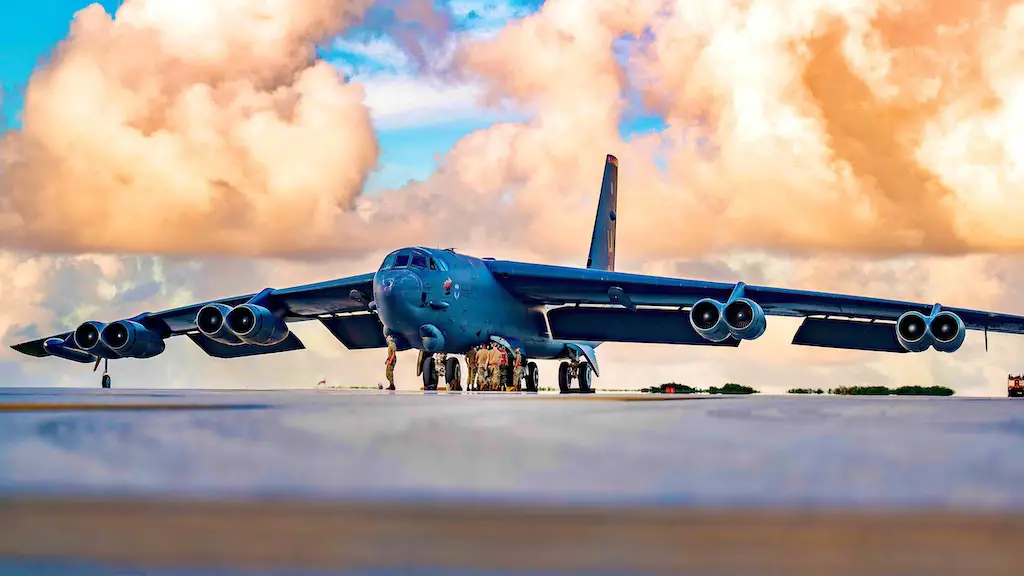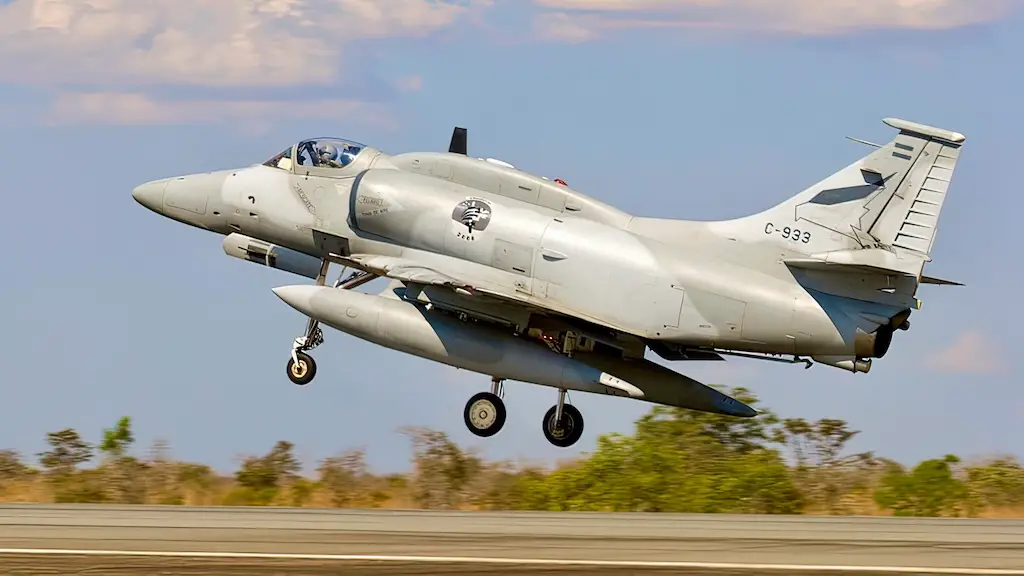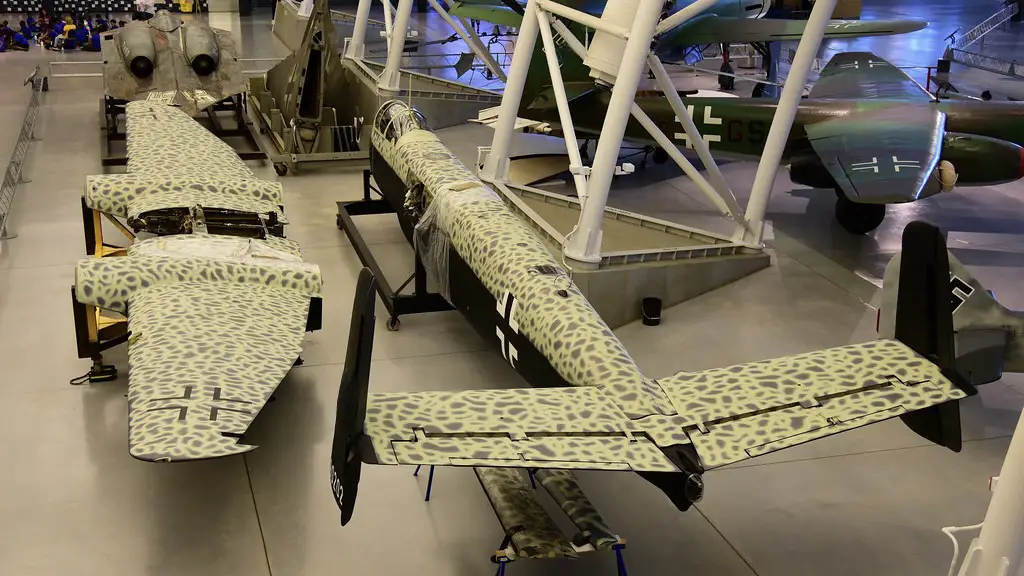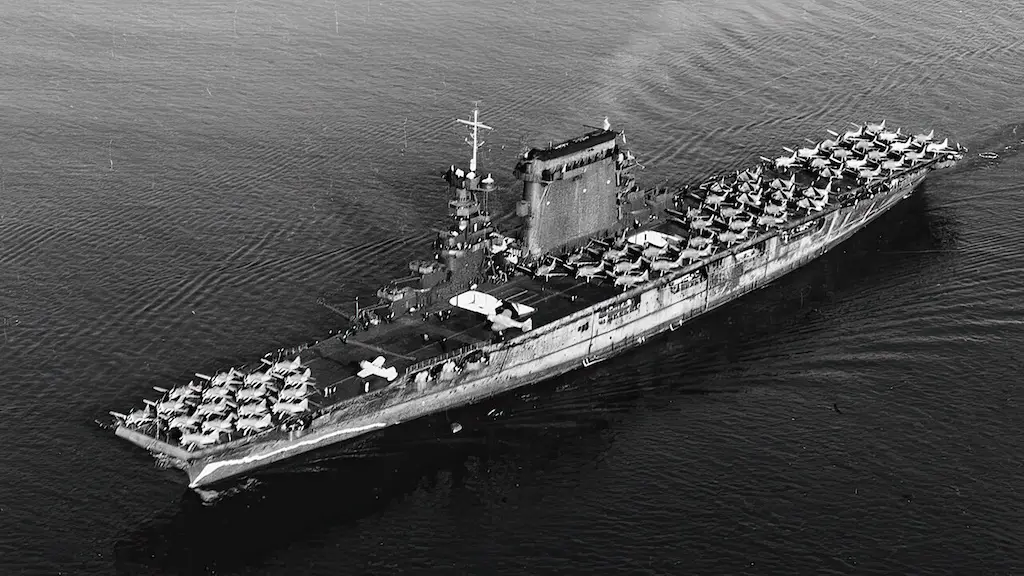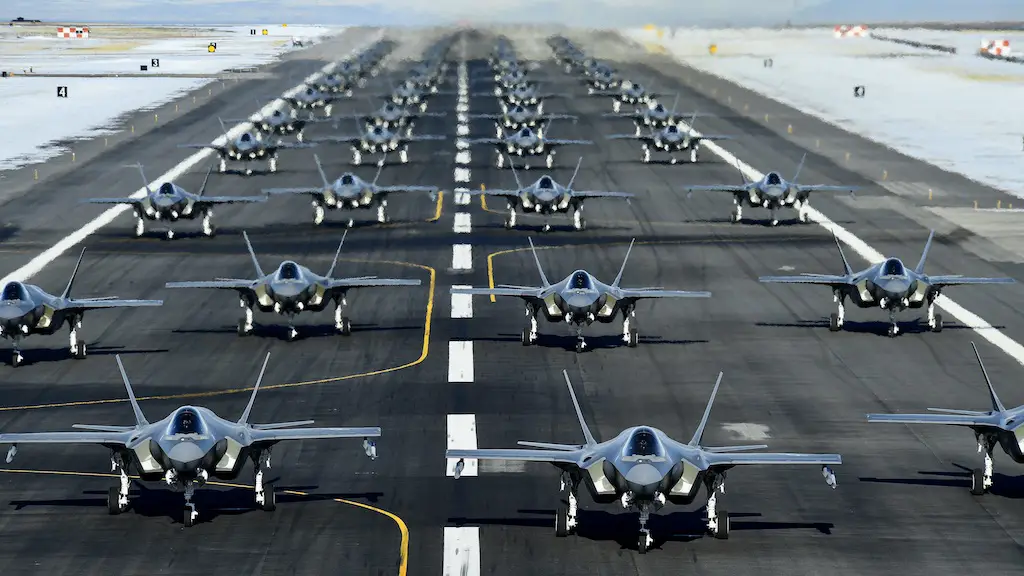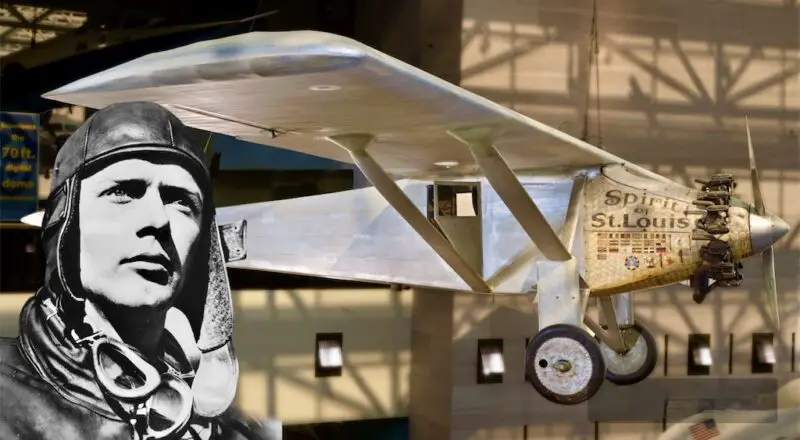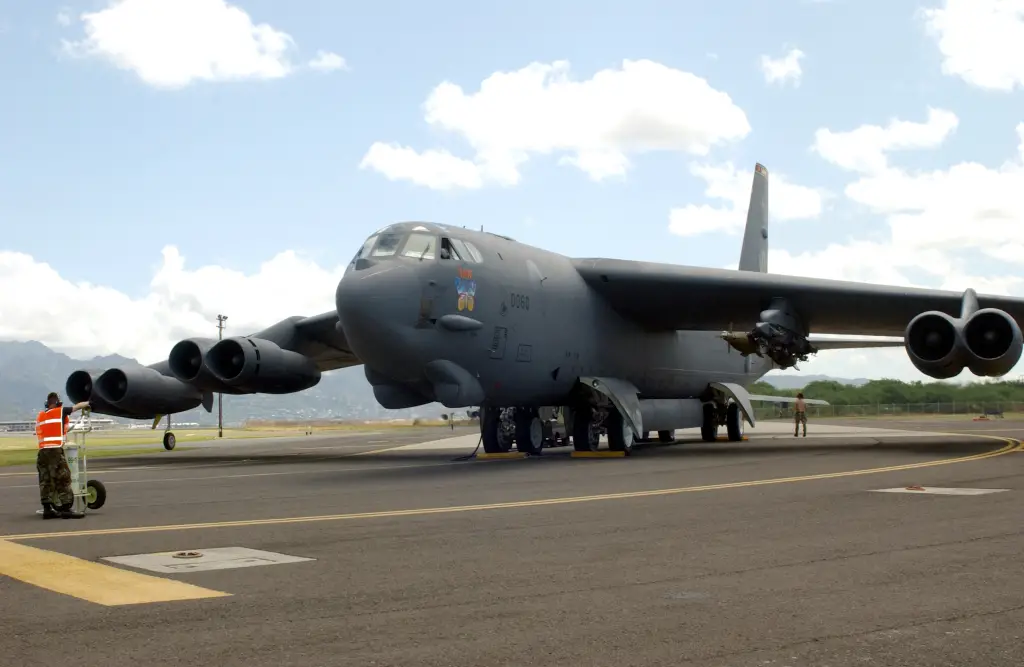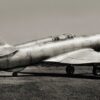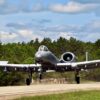Since its maiden flight in 1952, the Boeing B-52 Stratofortress has stood as an iconic symbol of American air power and military might. This long-range, subsonic strategic bomber has been a cornerstone of the United States Air Force (USAF) for over seven decades. Its remarkable versatility, longevity, and continued relevance in the modern era make it a legendary aircraft in the annals of aviation history.
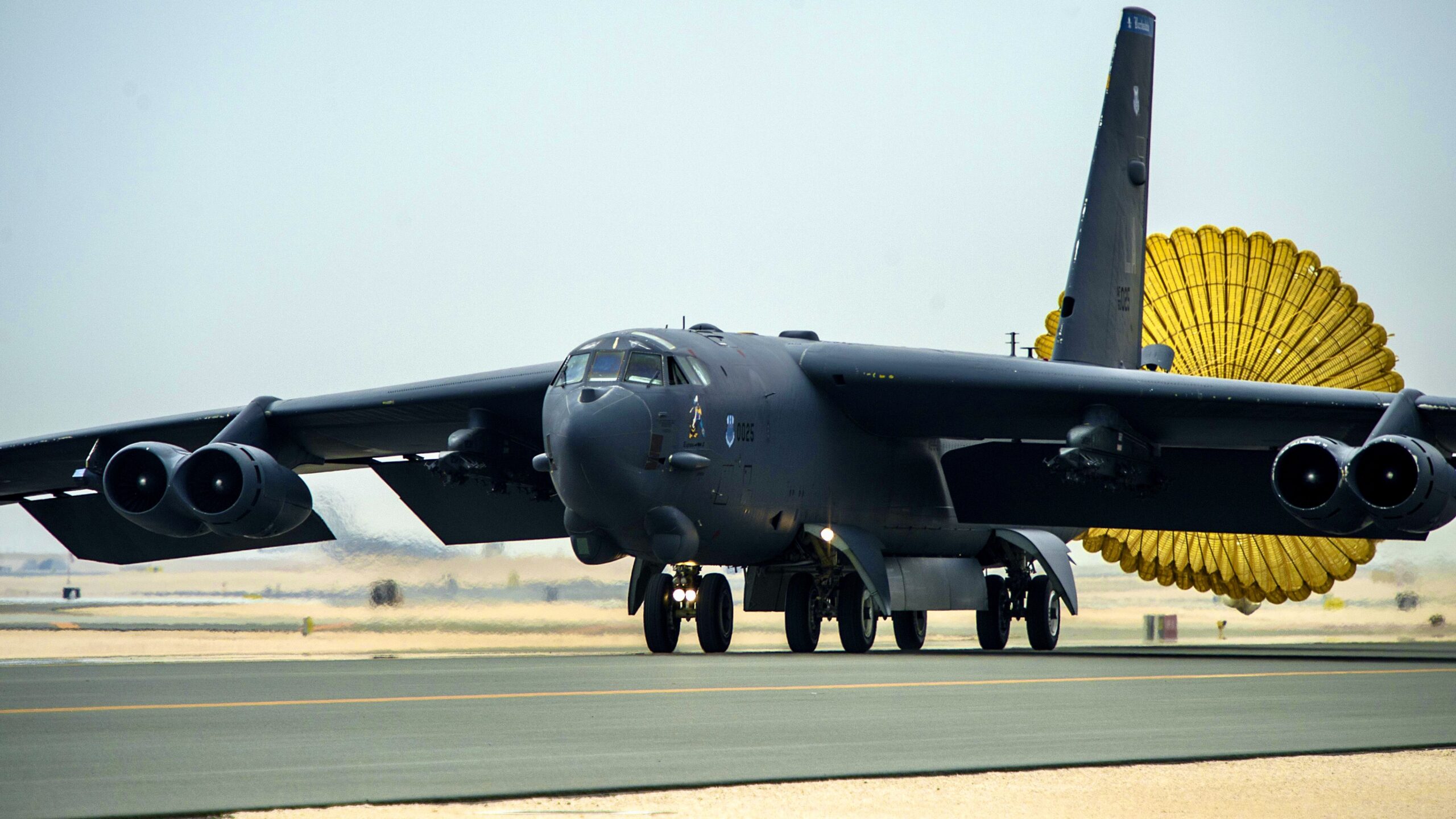
The Genesis of the B-52
The B-52 Stratofortress was developed in the early 1950s during the Cold War, when the United States was locked in a tense arms race with the Soviet Union. The USAF sought a high-altitude, long-range bomber capable of delivering nuclear weapons deep into enemy territory. Boeing’s design, the B-52, was chosen as the winner of the competition, and the aircraft soon went into production.
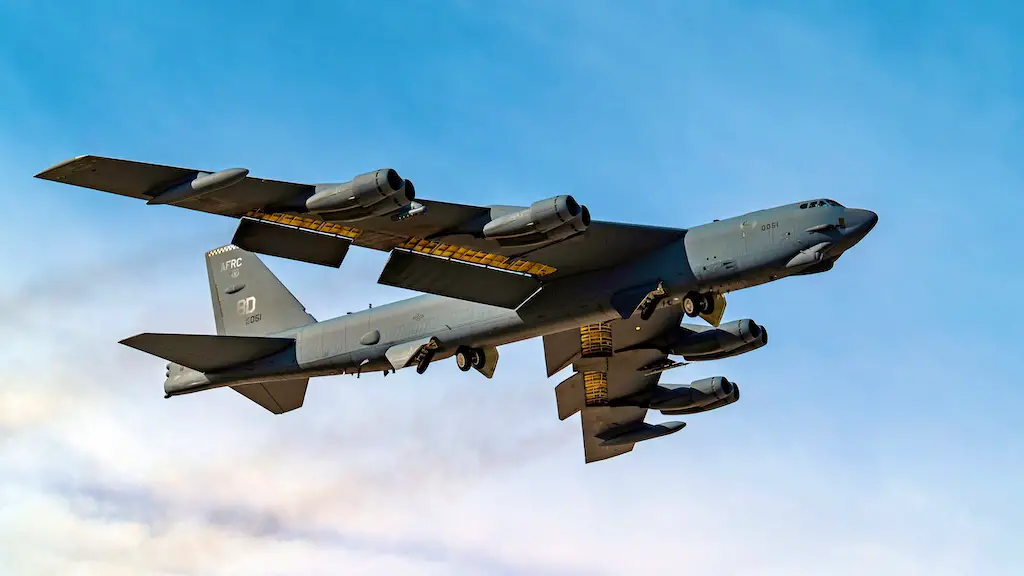
(U.S. Air Force photo by William R. Lewis)
Design and Features
The B-52’s design was ahead of its time. With a wingspan of 185 feet and a length of 159 feet, the aircraft was impressively large, making it instantly recognizable. The bomber’s eight engines, paired in four twin-pod nacelles, gave it the power to carry a massive payload over great distances.
One of the B-52’s most notable features was its ability to adapt to changing military requirements. Initially conceived as a high-altitude nuclear bomber, it later transformed into a low-altitude penetration bomber during the Vietnam War. Over the years, the Stratofortress underwent numerous upgrades and modernization programs, enabling it to remain an integral part of the USAF’s strategic bomber fleet.
Operational History
The B-52 Stratofortress made its combat debut during the Vietnam War, where it played a crucial role in strategic bombing campaigns. Despite its vulnerability to enemy surface-to-air missiles, the bomber’s superior range and impressive bomb-carrying capacity allowed it to deliver devastating airstrikes on enemy targets.
The aircraft’s combat prowess was further showcased during Operation Desert Storm in 1991. It delivered precision strikes and played a significant role in the success of the coalition forces during the Gulf War. In the years that followed, the B-52 participated in numerous military operations, including those in Afghanistan, Iraq, and Syria, proving its continued relevance in modern warfare.
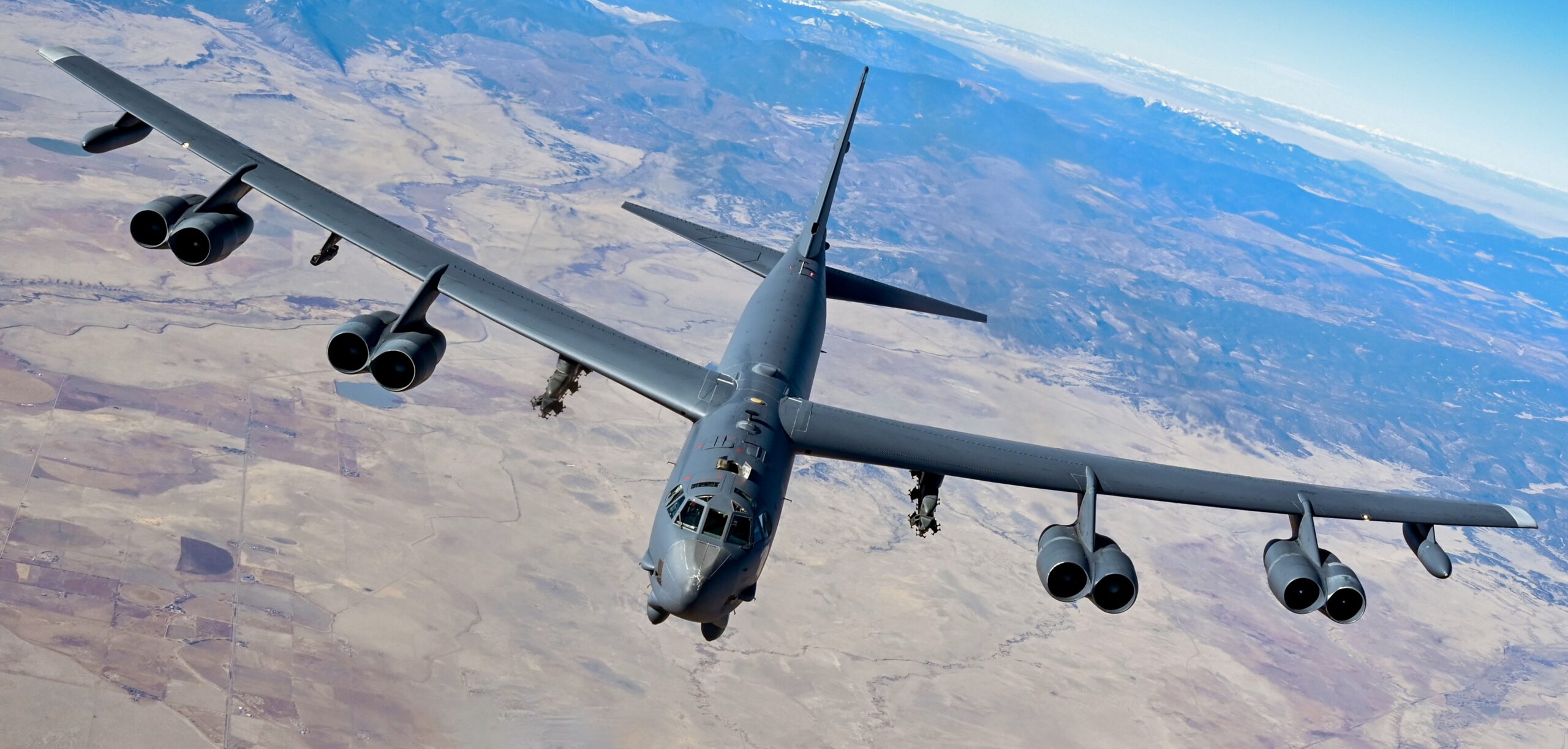
Endurance and Modernization
The B-52’s longevity can be attributed to the USAF’s commitment to its modernization and upgrade programs. The aircraft has undergone several significant enhancements over the decades, including improved avionics, communication systems, and the integration of precision-guided munitions. These upgrades have extended its service life and allowed it to maintain its position as a potent strategic asset.
Moreover, the adaptability and flexibility of the B-52 have ensured its relevance in an era where stealth technology and advanced fighter jets have become prevalent. While stealth bombers have their unique advantages, the B-52’s ability to carry an extensive and varied payload allows it to engage multiple targets in a single mission.
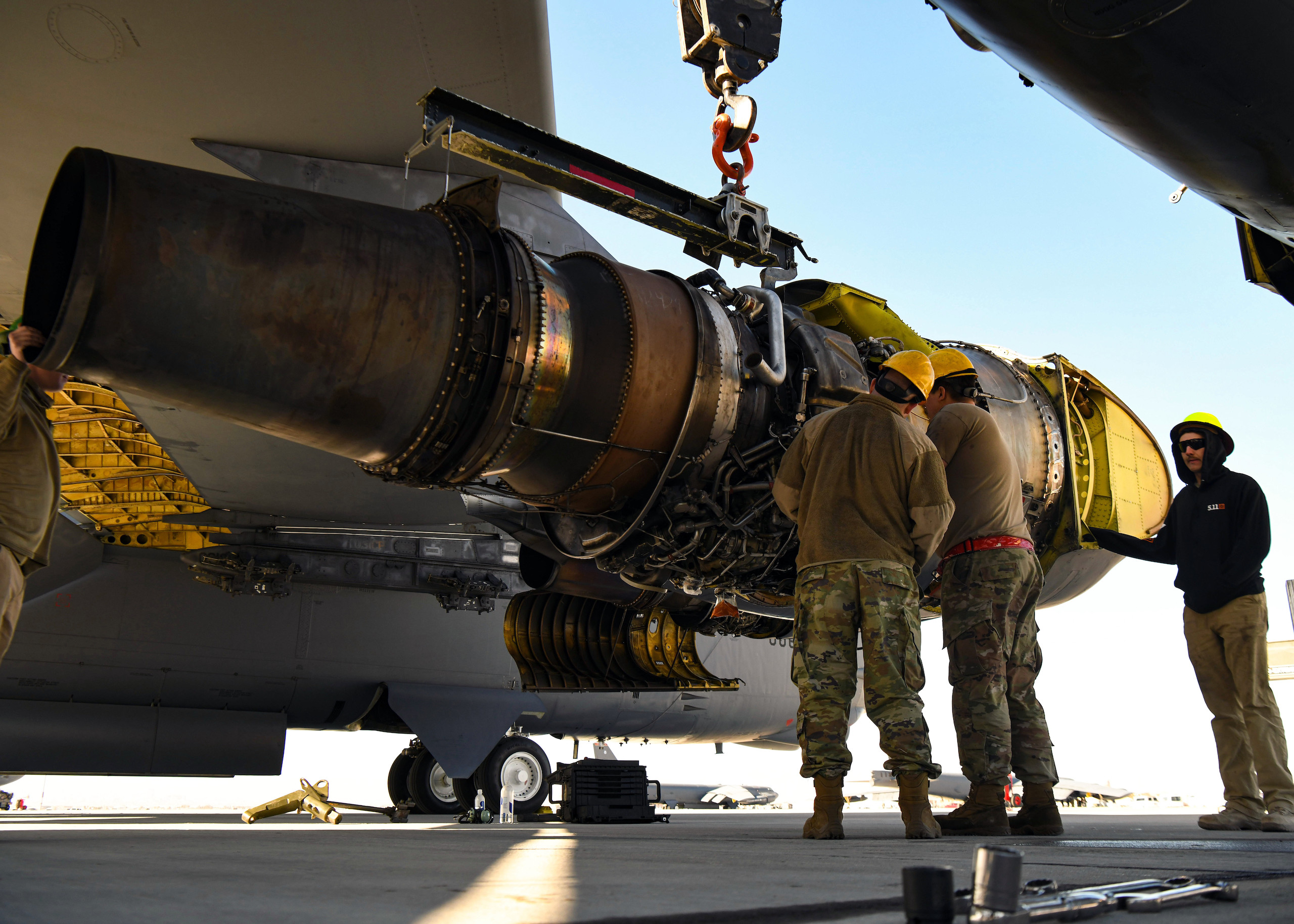
Crew and Operations
The B-52 Stratofortress requires a dedicated crew of five members: pilot, co-pilot, radar navigator, navigator, and electronic warfare officer. These highly trained professionals work together to execute complex missions, often spanning thousands of miles. The crew’s ability to function effectively in a high-stress environment is critical to the success of each mission.
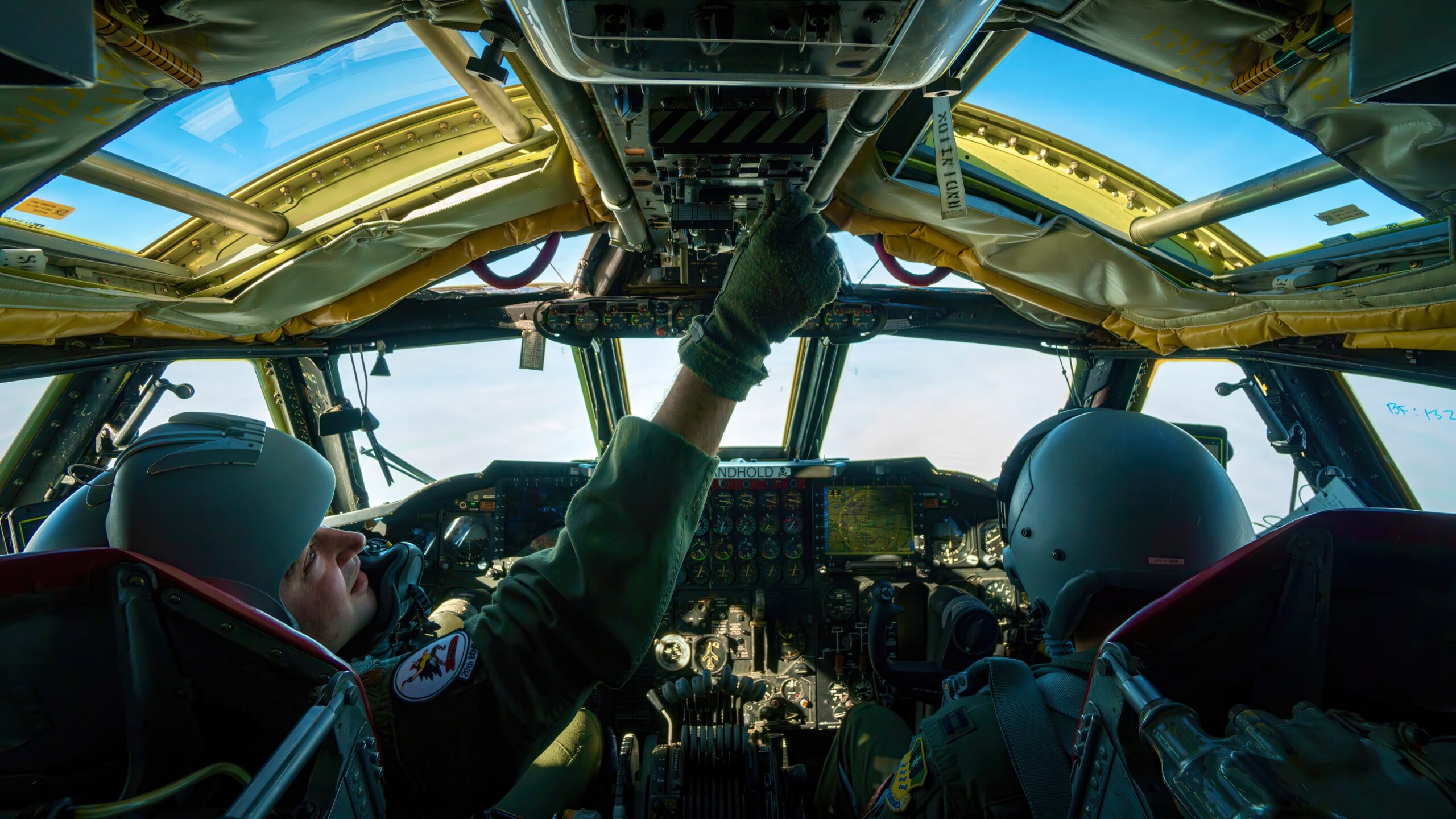
Conclusion
In conclusion, the Boeing B-52 Stratofortress remains an enduring symbol of American air power and military dominance. For over seven decades, this legendary bomber has demonstrated remarkable adaptability, versatility, and longevity, making it a mainstay in the USAF’s strategic arsenal. As technological advancements continue, the B-52 will undoubtedly face new challenges and upgrades.
Nonetheless, its status as an iconic aircraft in the history of aviation and warfare is forever etched in the minds of aviation enthusiasts and military strategists alike.ain that it is more than just an aircraft; it is a symbol of American air power and ingenuity. Its unmatched endurance, adaptability, and strategic capabilities have allowed it to transcend the boundaries of time, securing its place as a legendary workhorse of the skies.

